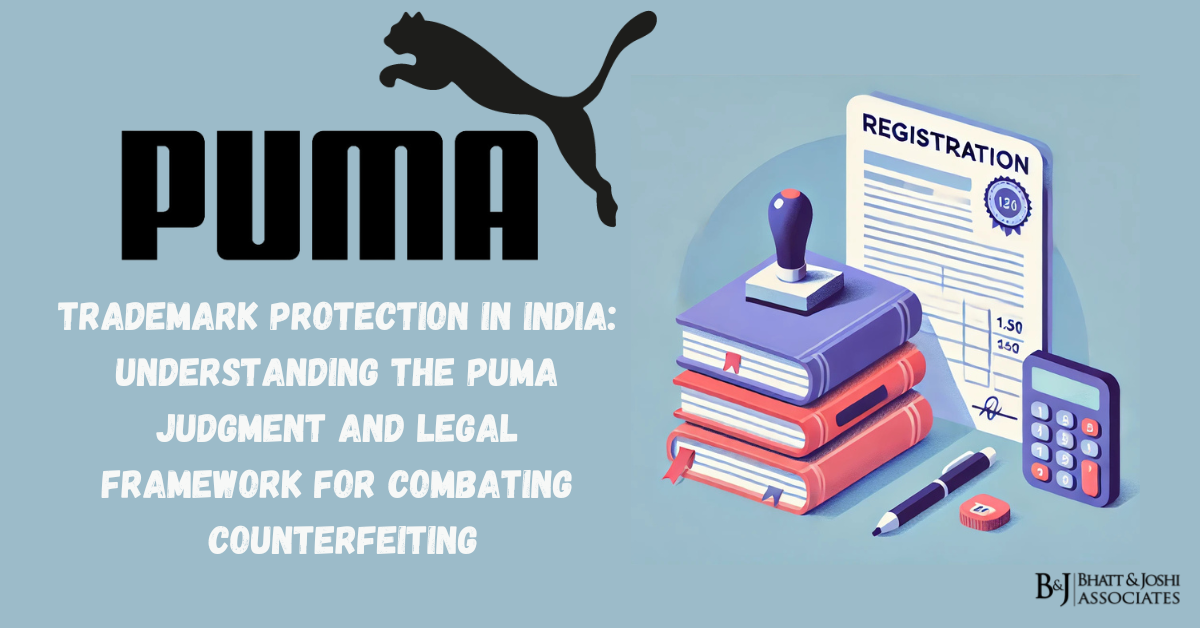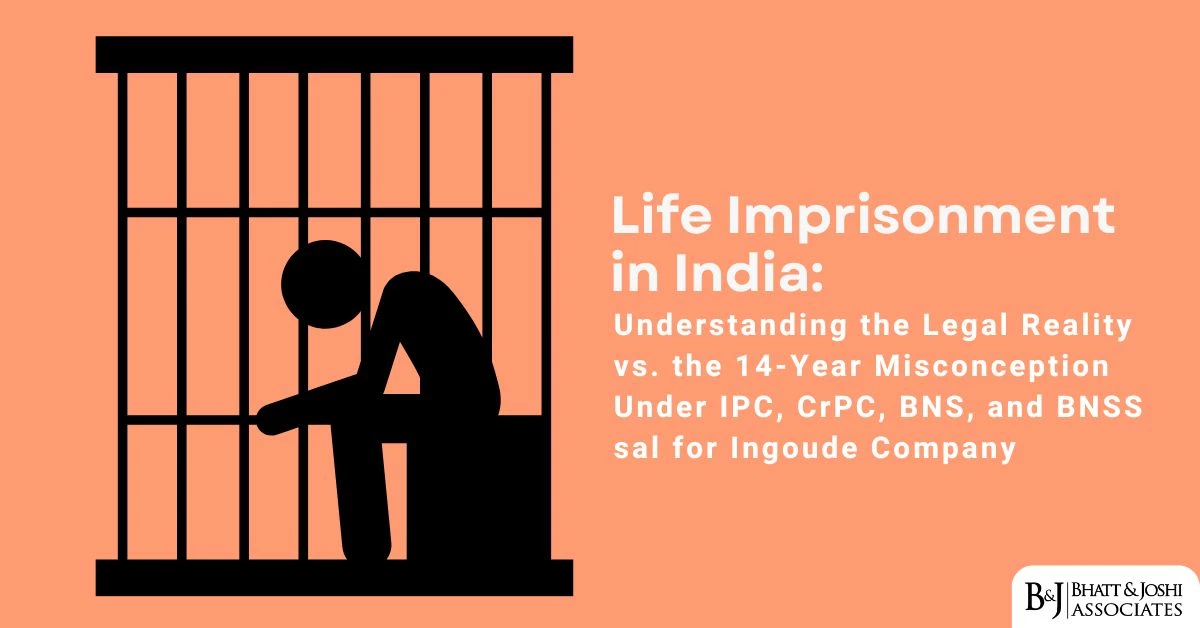Introduction
The Delhi High Court’s recent judgment in PUMA SE vs. Mahesh Kumar represents a significant development in India’s trademark jurisprudence, particularly in the realm of counterfeit goods. This comprehensive 2025 decision not only reinforces the protection afforded to well-known trademarks but also elucidates the judicial approach to counterfeiting as a commercial evil. Through PUMA trademark infringement case, we gain valuable insights into India’s evolving trademark protection framework and its alignment with global intellectual property standards.
Understanding Trademarks and Their Fundamental Concepts
Trademarks serve as vital commercial identifiers in today’s marketplace, representing significant business assets that embody years of reputation and consumer trust. A trademark encompasses any word, name, symbol or device utilized to recognize and set apart goods and/or services from those of others. These unique identifiers extend beyond conventional elements to include logos, scents, sounds, personal brand names, slogans, fragrances, and even specific colors associated with particular brands.
The essential function of a trademark is “to exclusively identify the commercial source or origin of products or services, such that a trademark, properly called, indicates source or serves as a badge of origin”. This function highlights the trademark’s role as a distinguishing mechanism that enables consumers to differentiate between competing products in the marketplace. As search result accurately notes, marketing of a particular good or service by the producer is much better off as by trademark because recognition becomes easier and quality is assured.
Trademarks also serve as guarantees of consistent quality. When consumers encounter a particular trademark, they form expectations based on prior experiences with products bearing that mark. This quality assurance function creates a reciprocal relationship between trademark owners and consumers, wherein businesses are incentivized to maintain consistent quality to preserve their trademark’s value and reputation.
Evolution of Trademark Law in India
The development of trademark law in India represents a gradual transition from common law principles to a comprehensive statutory framework. Before 1940, trademark protection in India was primarily grounded in common law principles of passing off and equity, following the English legal tradition. This period was characterized by the absence of formal registration systems, with trademark disputes resolved through judicial interpretations of unfair competition principles.
The first statutory framework for trademarks emerged with the Trade Marks Act, 1940, which mirrored provisions found in the UK Trade Marks Act of 1938. This legislation was superseded by the Trade and Merchandise Marks Act, 1958, which consolidated trademark-related provisions previously scattered across various statutes including the Indian Penal Code, Criminal Procedure Code, and the Sea Customs Act.
The current governing legislation, the Trade Marks Act, 1999, represents India’s commitment to aligning its intellectual property framework with international standards, particularly those established by the TRIPS Agreement. This modern legislation introduced several significant innovations, including the registration of service marks, the filing of multiclass applications, the extension of the period of registration of a trade mark to ten years, and the recognition of the idea of well-known marks.
The Trade Marks Act, 1999: Key Provisions and Protections
The Trade Marks Act, 1999 provides a robust framework for trademark protection in India, defining a “mark” under Section 2(1)(i)(V)(m) as encompassing “devices, brands, headings, labels, tickets, names, signatures, words, letters, and numerals”. The Act adopts a comprehensive approach to trademark protection, addressing both registered and unregistered marks.
Section 28 of the Act confers exclusive rights on registered trademark owners, empowering them to prevent unauthorized use of identical or deceptively similar marks. According to Section 29(1), a trademark is infringed when a person who is not the proprietor or authorized by the proprietor uses a mark identical or deceptively similar to the registered trademark.
The concept of “well-known trademarks” represents one of the Act’s most significant features. As defined in the legislation, a well-known trademark is “a mark in relation to any goods and services which has become so to the substantial segment which uses such goods or receives such services that the use of such mark in relation to other goods or services would be likely to be taken as indicating a connection in course of trade”. This provision affords enhanced protection to marks that have attained substantial recognition.
The PUMA Trademark Infringement Case: Analysis of Delhi High Court’s Landmark Judgment
The recent Delhi High Court judgment in PUMA SE vs. Mahesh Kumar (February 2025) offers valuable insights into judicial approaches to trademark protection, particularly concerning well-known marks. The case concerned the unauthorized manufacture and sale of counterfeit PUMA-branded footwear, with the plaintiff seeking permanent injunction against the defendant’s infringing activities.
PUMA SE, one of the world’s largest sports brands, has a long-established history dating back to 1948, with trademark registrations in India since 1977. Significantly, the Court noted that “the plaintiff’s trademark ‘PUMA’ has been declared as a well-known trademark in India on 30th December, 2019, by the Trade Marks Registry which was published in the Trade Marks Journal bearing no. 1934”. This recognition confers enhanced protection, acknowledging the mark’s distinctive character and substantial recognition among consumers.
The Court’s findings regarding the defendant’s activities were unequivocal. Based on the Local Commissioner’s report, the Court observed that:
“The defendant is manufacturing counterfeit products under the plaintiff’s registered and well-known marks, ‘PUMA’, PUMA logo and Form strip logo. Further, counterfeit products of other known brands as well are found, i.e. Adidas, Nike etc.”
This observation highlights the systematic nature of the defendant’s counterfeiting operation, extending beyond the plaintiff’s marks to encompass other well-known brands. The evidence revealed not just the sale of counterfeit products but the manufacturing infrastructure designed to facilitate widespread counterfeiting activities.
Counterfeiting vs. Trademark Infringement: Legal Distinctions
A critical aspect of trademark jurisprudence clarified in the PUMA judgment is the distinction between counterfeiting and trademark infringement. While related concepts, they involve different legal standards and remedies. As aptly summarized in search result: “All counterfeits are infringements but all infringements are not counterfeits.”
Trademark infringement occurs when a person who is not the proprietor or authorized by the proprietor uses a mark identical or deceptively similar to the registered trademark. Counterfeiting, however, represents a more egregious violation, involving “an imitation of the original goods in order to provide goods of cheaper quality, to deceive the consumers and to harm the goodwill of the original Trademark owner”.
The legal classification and burden of proof also differ significantly between these concepts:
“A Trademark infringement is usually a civil wrong and the punishment for the same is provided in the Trademark Act, 1999. Counterfeit is a criminal offence and the punishment is provided in the Indian Penal Code. The burden of proof in case of Trademark infringement lies on the plaintiff to prove that the defendant has used the Trademark unauthorised. Whereas, in counterfeit, the mere existence of an identical imitation is a proof enough.”
This distinction informs the Court’s approach to remedies, with counterfeiting inviting more severe sanctions given its criminal nature and intent to deceive.
Judicial Perspective on Counterfeiting: The Commercial Evil
The Delhi High Court’s pronouncements on counterfeiting in the PUMA trademark infringement judgment reflect a firm judicial stance against this practice. Drawing from earlier jurisprudence, particularly the Louis Vuitton Malletier vs. Capital General Store case (2023), the Court emphasized the profound commercial and social implications of counterfeiting:
“Counterfeiting is an extremely serious matter, the ramifications of which extend far beyond the confines of the small shop of the petty counterfeiter. It is a commercial evil, which erodes brand value, amounts to duplicity with the trusting consumer, and, in the long run, has serious repercussions on the fabric of the national economy. A counterfeiter abandons, completely, any right to equitable consideration by a Court functioning within the confines of the rule of law. He is entitled to no sympathy, as he practices, knowingly and with complete impunity, falsehood and deception.”
This characterization of counterfeiting as a “commercial evil” underscores its multifaceted harm—to brand owners through the dilution of intellectual property rights, to consumers through deception regarding product quality and origin, and to the broader economy through the undermining of legitimate business practices.
The Court further emphasized that well-known marks like PUMA require enhanced protection:
“It is settled law that a mark which is well-known requires a higher degree of protection, as it is highly susceptible to piracy. Thus, the Division Bench of this Court in the case of Hamdard National Foundation (India) and Another Versus Sadar Laboratories Pvt. Ltd., 2022 SCC OnLine Del 4523, held as follows: ‘…the requirement of protection varies inversely with the strength of the mark; the stronger the mark, the higher the requirement to protect the same.'”
Remedies and Damages in Trademark Infringement Cases
The PUMA judgment illustrates the comprehensive remedial approach available in trademark infringement cases. The Court granted a permanent injunction restraining the defendant from manufacturing, selling, or offering for sale any products bearing PUMA’s registered trademarks. This injunctive relief represents the primary mechanism for preventing ongoing harm to the trademark owner’s rights.
Additionally, the Court awarded substantial damages and costs:
“In view of the above, the Court was of the view that PUMA was entitled to actual costs as well as damages. It thus awarded Rs. 9 lakh costs along with Rs. 2 lakh damages to PUMA.”
This award reflects the Court’s recognition of both the actual financial loss suffered by PUMA and the need for deterrence against future infringement. The Court specifically noted that “the present is befitting case for grant of actual costs on account of a clear case being made out for counterfeiting against the defendant”.
The remedial framework extends beyond financial compensation. In cases of counterfeiting, courts may also order the destruction of infringing goods and the disclosure of supplier and distribution information. As noted in the Nike Innovate C.V v. Ashok Kumar case, “an aggrieved party, in case of counterfeit can seek for damages, destruction of the counterfeit goods, injunction and accounts of profits”.
Protection of Well-Known Trademarks in India
The PUMA case highlights India’s robust protection for well-known trademarks, recognizing their enhanced vulnerability to exploitation. The Trade Marks Act, 1999 specifically acknowledges well-known marks, defined as those that have gained substantial recognition within relevant consumer segments.
PUMA’s trademarks, including the word mark “PUMA” and the distinctive leaping cat logo, have been officially recognized as well-known marks in India. The Court noted:
“During the course of the present proceedings, the plaintiff’s marks ‘PUMA’ and ‘leaping cat device’ have also been declared as well-known marks and published in Trade Marks Journal bearing no. 2144 dated 19th February, 2024 at Sr. Nos. 68 and 69 respectively.”
This designation affords PUMA’s marks protection beyond the specific goods for which they are registered, acknowledging their distinctive character and reputation among consumers. The enhanced protection recognizes that unauthorized use of well-known marks on unrelated products can dilute their distinctiveness and damage the original owner’s reputation.
The Court cited precedent establishing that “in case of a well-known mark, which has acquired a high degree of goodwill, the mark requires higher protection as it is more likely to be subjected to piracy from those who seek to draw an undue advantage of its goodwill”1. This principle acknowledges the proportional relationship between a mark’s strength and its vulnerability to exploitation, necessitating correspondingly robust protection.
E-Commerce Platforms and Trademark Infringement
While not directly addressed in the PUMA judgment, related cases highlight the emerging challenges of trademark infringement in e-commerce contexts. The Delhi High Court recently addressed this issue in a case involving PUMA and the e-commerce platform IndiaMART, establishing important principles regarding intermediary liability.
The Court held that e-commerce platforms cannot claim safe harbor protections while facilitating the sale of counterfeit goods. Justice C. Hari Shankar observed:
“E-commerce websites are commercial ventures, and are inherently profit oriented. There is, of course, nothing objectionable in this; but, while ensuring their highest returns, such websites have also to sedulously protect intellectual property rights of others. They cannot, with a view to further their financial gains, put in place a protocol by which infringers and counterfeiters are provided an avenue to infringe and counterfeit.”
This ruling establishes important precedent regarding the responsibilities of online marketplaces in preventing trademark infringement, extending the protective framework beyond traditional retail contexts.
Conclusion: Strengthening India’s Intellectual Property Framework
The PUMA judgment represents a significant contribution to India’s evolving trademark jurisprudence, reinforcing protection for well-known marks while establishing clear principles regarding counterfeiting. The Court’s characterization of counterfeiting as a “commercial evil” with far-reaching economic implications reflects a sophisticated understanding of intellectual property’s role in modern commerce.
The judgment aligns with international trends in intellectual property protection, demonstrating India’s commitment to maintaining robust safeguards for trademark owners while balancing broader commercial and consumer interests. The substantial damages and costs awarded to PUMA signal to potential infringers that counterfeiting activities will face significant legal and financial consequences.
As global commerce continues to evolve, particularly in digital contexts, the principles established in cases like PUMA SE vs. Mahesh Kumar provide essential guidance for navigating complex questions of trademark protection. The recognition of well-known marks’ enhanced vulnerability to exploitation and the corresponding need for strengthened protection represent important developments in India’s intellectual property framework.
Through decisions like the PUMA judgment, India’s courts continue to refine and strengthen trademark protection, ensuring that the country’s intellectual property regime supports innovation, respects established brand equity, and maintains consumer confidence in the authenticity and quality of branded products.














